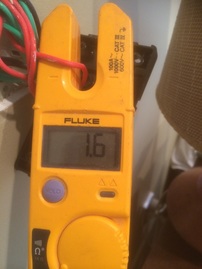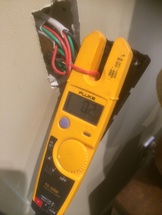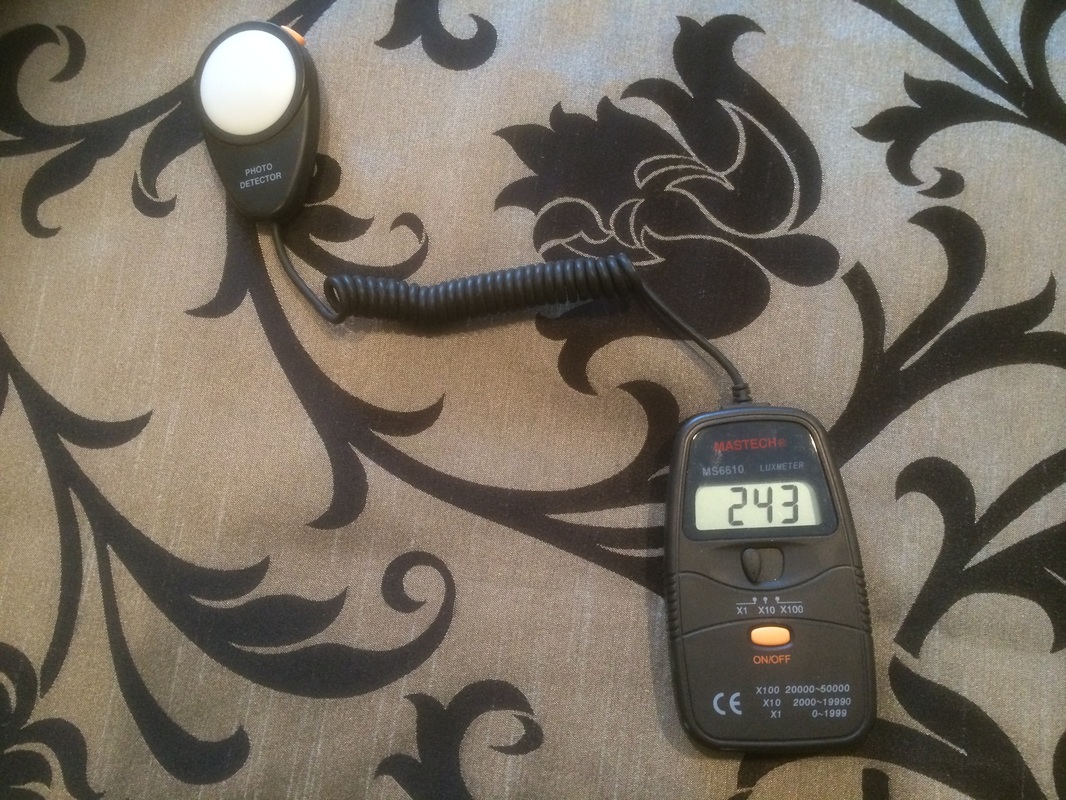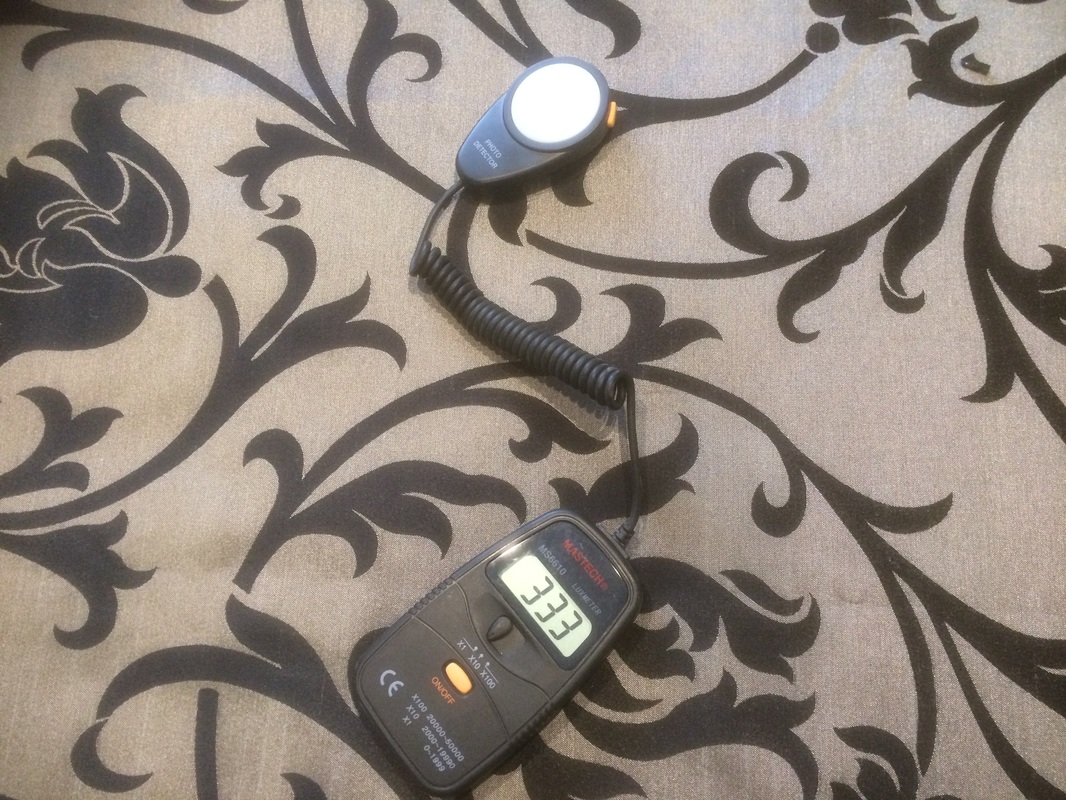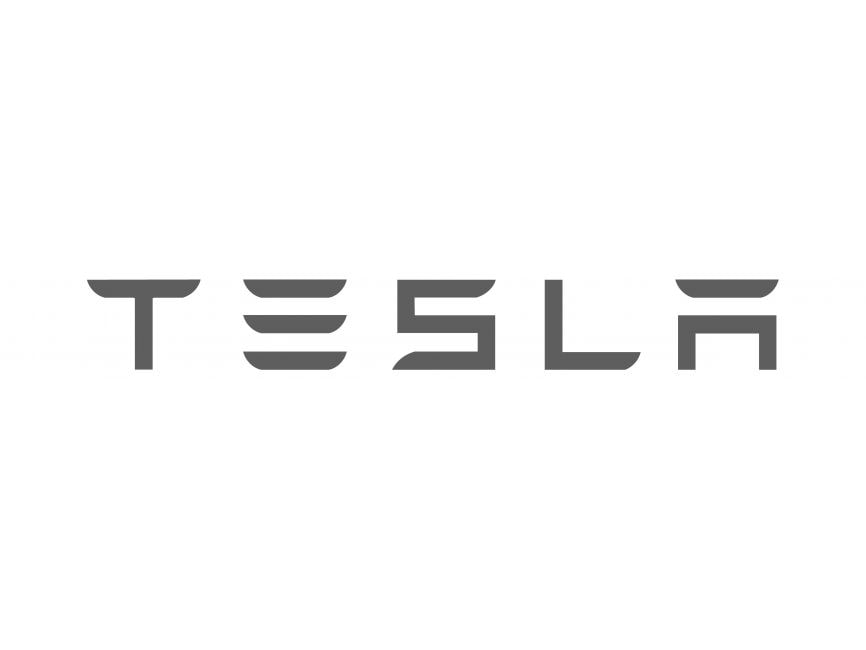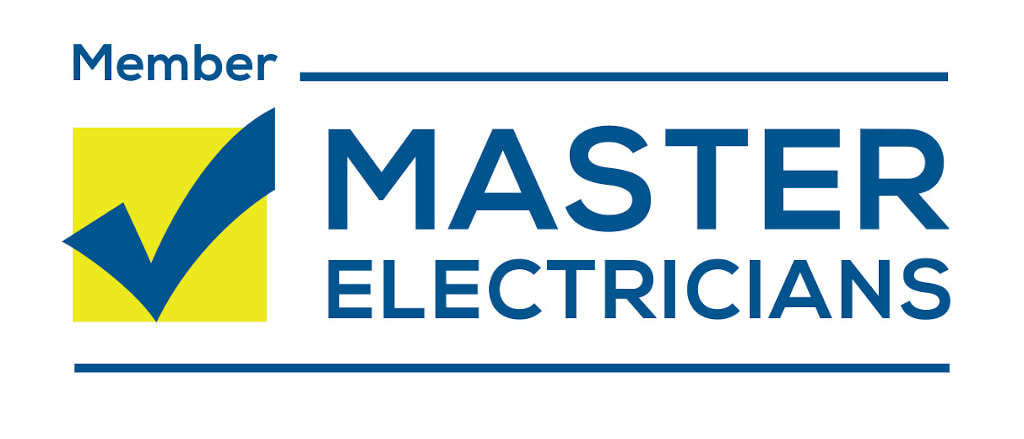CHRIS ODLUM ELECTRICAL LTD
LED Lighting Upgrades -Te Awamutu
LED Lights: Bare Basics “Helping you make the right decisions”
My background with LEDS
Over the last 12 years Chris Odlum Electrical has been working with LED lights almost on a daily occurrence and have noticed when talking with my customers that there seems to be an awful lot of confusion around them on things like : What are they”, “What to buy”, “Why buy them”, “What type to buy”, "How many Lumens", "What are Lumens" and many more questions such as these. My Goal is to inform you about these questions without all the boring Jargon.
Over the last 12 years Chris Odlum Electrical has been working with LED lights almost on a daily occurrence and have noticed when talking with my customers that there seems to be an awful lot of confusion around them on things like : What are they”, “What to buy”, “Why buy them”, “What type to buy”, "How many Lumens", "What are Lumens" and many more questions such as these. My Goal is to inform you about these questions without all the boring Jargon.

First Things First; What is an LED?
An LED plain and simple is a "Light bulb" or "Light fitting" optimized for maximum brightness, minimum power consumption and long lasting life expectancy. The light output is produced by one or many light emitting diodes within the lamp or light fitting.
An LED plain and simple is a "Light bulb" or "Light fitting" optimized for maximum brightness, minimum power consumption and long lasting life expectancy. The light output is produced by one or many light emitting diodes within the lamp or light fitting.
Why Would you want to upgrade?
There are many reasons for you to upgrade to LED lighting, the most common reasons are listed below:
There are many reasons for you to upgrade to LED lighting, the most common reasons are listed below:
- Insulation: The biggest concern I hear from my clients is the fact that they have spent all this money trying to insulate there home and keep it warm and then they a heap of holes cut in their ceiling and insulation to fit there new lights. Standard downlights are open fittings which let a large amount of heat in the room escape into the ceiling space. Most LEDs on the market today are "IC" rated meaning the insulation can cover them and the fittings are generally sealed thus no air gap for your heated rooms to loose heat. I have had many of my customers comment on how much warmer there homes are having upgraded to sealed LED fittings
- Blowing Lamps: Being in the industry for over 22 years, one of the most common phrases I hear is: "why do my down lights keep blowing lamps" Its a combination of heat and poor design in most cases, but in my opinion the problem is not going to get better but more likely its going to get worse as more and more lighting manufacturers are switching to LED technology, lamp quality seems to be taking a dive. Even CFL (Compact Fluorescent lamps are not lasting like they once did. Making the move and investment into LED lamps or LED fittings will in most cases eliminate this issue. (Some fittings state up to 50 000 hours of lamp life)
- If you currently have CFL lamps as a form of energy saving you will have noticed that they take a good couple minutes before they warm up and produce a good amount of light, LEDs are instant and are available in many more colours.
- Energy Saving: Massive savings 75%-85% over incandescent lighting.
- Other advantages include light run cooler, the longer life means those hard to get to areas like Staircases or high ceilings will not require lamp changes for many years.
Here's some Proof
|
More Light for less power!
A recent upgrade on one bedroom consisting of 4x down lights with 100 Watt bulbs showed a massive decrease in Amps when we switched these fittings out for a Phillips 12 Watt recessed LED fitting. The current draw went from 1.6 down to 0.2 Amps after the down lights were replaced. Not only did the LED's use far less power but they also produced much more light as you can see from the before and after lumen readings. |
Watts & Lumens, "Forget about the Watts"
Before LED's we all knew light output or light brightness as Watts. We know a 100 Watt bulb is going to work fine above our dining table and a 75 Watt will be ample in our batten holder fitting above our bed. Well if your looking at purchasing some LED fittings forget all that you know about Watts, we now need to be shopping for the Lumens.
Contrary to common belief, wattage isn't an indication of brightness, but a measurement of how much energy the bulb draws. For incandescent's, there is an accepted correlation between the watts drawn and the brightness, but for LED's, watts aren't a great predictor of how bright the bulb will be.
For Example: an LED bulb with a comparable brightness to a 60W incandescent is only 8 - 12 Watts
The lumen (lm) is the real measurement of brightness provided by a light bulb, and is the number you should look for when comparing LED's.
Before LED's we all knew light output or light brightness as Watts. We know a 100 Watt bulb is going to work fine above our dining table and a 75 Watt will be ample in our batten holder fitting above our bed. Well if your looking at purchasing some LED fittings forget all that you know about Watts, we now need to be shopping for the Lumens.
Contrary to common belief, wattage isn't an indication of brightness, but a measurement of how much energy the bulb draws. For incandescent's, there is an accepted correlation between the watts drawn and the brightness, but for LED's, watts aren't a great predictor of how bright the bulb will be.
For Example: an LED bulb with a comparable brightness to a 60W incandescent is only 8 - 12 Watts
The lumen (lm) is the real measurement of brightness provided by a light bulb, and is the number you should look for when comparing LED's.
Watts to Lumens
Since its all about the Lumens, how do we do the math? Iam sorry to say there is no uniform way to convert Watts to Lumens, but here is a chart as a general guide line. (These values are a guide only and vary between Manufacturers but I have found these results to be pretty accurate)
LUMENS INCANDESCENT LED
1300 LM 100 W 16 - 20 W
930 LM 75 W 9 - 13 W
720 LM 60 W 6 - 8 W
420 LM 40 W 4 - 5 W
220 LM 25 W 3 W
Since its all about the Lumens, how do we do the math? Iam sorry to say there is no uniform way to convert Watts to Lumens, but here is a chart as a general guide line. (These values are a guide only and vary between Manufacturers but I have found these results to be pretty accurate)
LUMENS INCANDESCENT LED
1300 LM 100 W 16 - 20 W
930 LM 75 W 9 - 13 W
720 LM 60 W 6 - 8 W
420 LM 40 W 4 - 5 W
220 LM 25 W 3 W
LED Colour "I am not talking about the colour of the fitting"
Lets talk about the two main colours when it comes to home lighting: An ordinary lamp produces a warm yellow light, but with LED's there are many different light colours available. Selecting the right colour is very important and is dependent on what is being done in the room requiring the light.
There is two main colours when it come to selecting a light for a domestic home which are "Warm White" and "Cool White" Different lighting manufacturers advertise and promote there products using different ways to display this information typically stated on the box of the fitting as:
WW for warm white, or it is written on the packaging as a number of Kelvin such as 3000K for Warm light
CW for cool white, or 4000k for cool white.
So What Colour to use?
Typically speaking Cool White colours suit offices, work areas, Kitchens Sculleries, Games rooms and bathrooms. Warm White is better suited in lounges, bedrooms, and living areas. (These are just suggestions based on our customers feed back)
Lets talk about the two main colours when it comes to home lighting: An ordinary lamp produces a warm yellow light, but with LED's there are many different light colours available. Selecting the right colour is very important and is dependent on what is being done in the room requiring the light.
There is two main colours when it come to selecting a light for a domestic home which are "Warm White" and "Cool White" Different lighting manufacturers advertise and promote there products using different ways to display this information typically stated on the box of the fitting as:
WW for warm white, or it is written on the packaging as a number of Kelvin such as 3000K for Warm light
CW for cool white, or 4000k for cool white.
So What Colour to use?
Typically speaking Cool White colours suit offices, work areas, Kitchens Sculleries, Games rooms and bathrooms. Warm White is better suited in lounges, bedrooms, and living areas. (These are just suggestions based on our customers feed back)
What is CRI
CRI (Colour Rendering Index) measures how well a lamp makes colours appear. CRI scores light sources from 1 - 100: A high CRI means that the eye can pick up slight light variations in colour, making details in an interior appear sharper and more vibrant. A CRI of 80 + is great for enhancing skin tones, hues and textures in rooms.
CRI (Colour Rendering Index) measures how well a lamp makes colours appear. CRI scores light sources from 1 - 100: A high CRI means that the eye can pick up slight light variations in colour, making details in an interior appear sharper and more vibrant. A CRI of 80 + is great for enhancing skin tones, hues and textures in rooms.
Beam Angle
Another important factor in selecting suitable fittings is the "Beam angle". The light effect from a luminaire is determined by its beam angle. That is the shape and direction of the light generated by the lamp. Most conventional fixtures deliver a focused light distribution at 35 - 60 Degrees beam angle, but LED technology can go well above those values well still maintaining a fair pool of light.
Another important factor in selecting suitable fittings is the "Beam angle". The light effect from a luminaire is determined by its beam angle. That is the shape and direction of the light generated by the lamp. Most conventional fixtures deliver a focused light distribution at 35 - 60 Degrees beam angle, but LED technology can go well above those values well still maintaining a fair pool of light.
Dimming Compatibility
The next thing to consider when purchasing an LED fitting is whether you need the dimming option. Most LED's today are available as dimmable but some manufacturers sell there fittings in a non dimmable version as well. Check before you buy your fittings if they are dimmable and also check what type of dimmer they work on. Most LED's are dimmable on a "Trailing Edge" typed dimmer.
The next thing to consider when purchasing an LED fitting is whether you need the dimming option. Most LED's today are available as dimmable but some manufacturers sell there fittings in a non dimmable version as well. Check before you buy your fittings if they are dimmable and also check what type of dimmer they work on. Most LED's are dimmable on a "Trailing Edge" typed dimmer.
CA Rating
When purchasing recessed down lights New Zealand Regulations state that all recessed down lights must have a "CA Rating". These rating come in 4 types as follows:
You really want to be looking for a fitting with a minimum of the IC rating. This means you are not having to destroy your insulation to fit the LED lights.
When purchasing recessed down lights New Zealand Regulations state that all recessed down lights must have a "CA Rating". These rating come in 4 types as follows:
- CA 80 Degree Abutted only: A cooler running, closed abutted recessed luminaire where fixed insulating material (of the down light manufacturers specifications) can be abutted to the sides.
- CA 135 Degree Abutted only: A closed abutted recessed luminaire where fixed insulating material (of the down light manufacturer's specifications) can be abutted to the sides.
- IC Abutted and covered: Recessed luminaire where fixed building insulation material (of the downlight manufacturer's specifications) can abut and cover the recess luminaire.
- IC-F Abutted and covered: Recessed luminaire where fixed building insulation material can abut and cover the recess luminaire.
You really want to be looking for a fitting with a minimum of the IC rating. This means you are not having to destroy your insulation to fit the LED lights.
Chris Odlum Electrical's LED recommendations:
We have installed Thousands of LED's using varying brands over the last few years and have narrowed down my list of preferred light fittings to a small handful.
Factors that influenced my decision making with preferred LEDs is as follows:
We have installed Thousands of LED's using varying brands over the last few years and have narrowed down my list of preferred light fittings to a small handful.
Factors that influenced my decision making with preferred LEDs is as follows:
- Lumen / Watt Efficiency: This is the efficiency of the fitting measured by the light out put given for the power consumption used.
- Beam Angle: A wide Beam angle generally means you can have less fittings and still have a great coverage with light output.
- Colour output: Even though many fittings state Warm White or Cool White the colour is further defined by the exact Kelvin of the light output on the colour spectrum.
- Ease of Installation: Installation including the clip design on the fittings which hold them snug on your ceiling as well as terminal size for more than one cable.
- CA Rating
- Price of fitting
